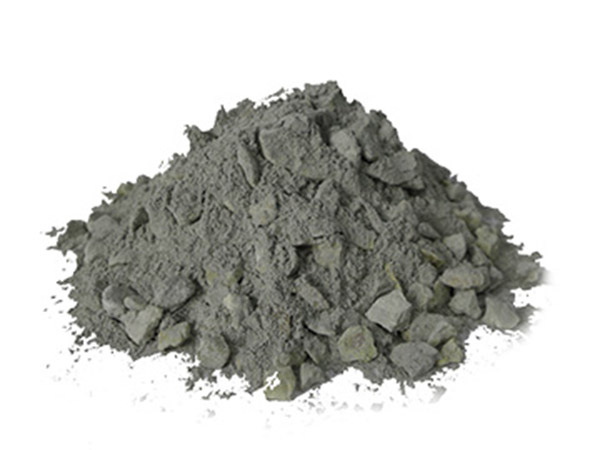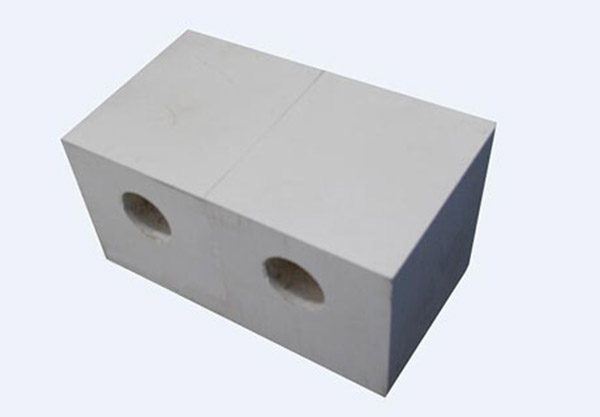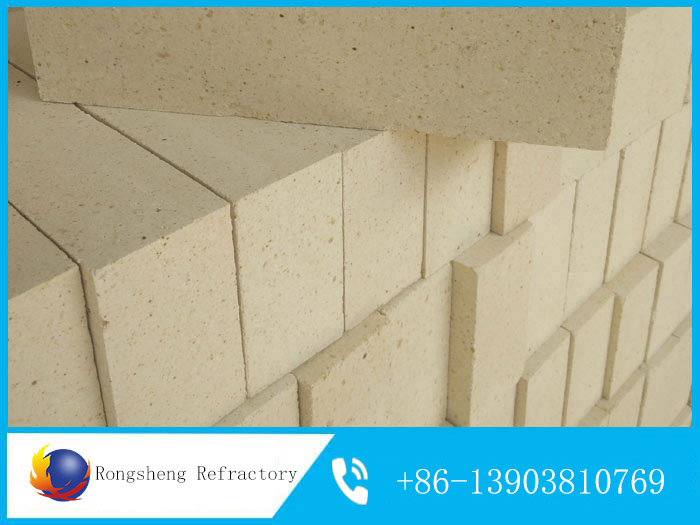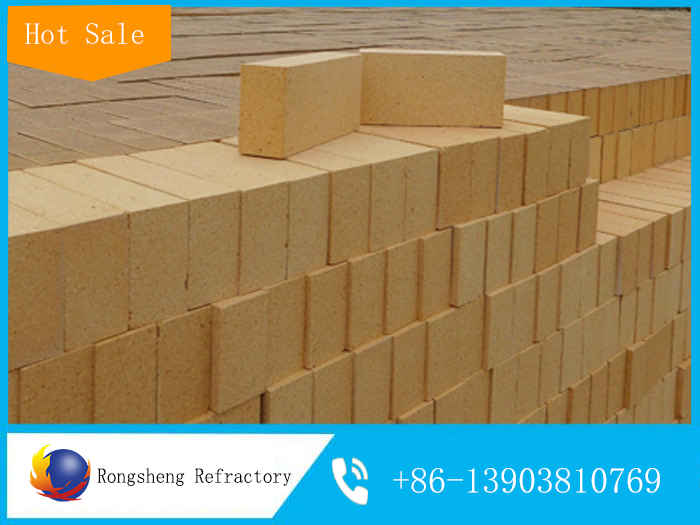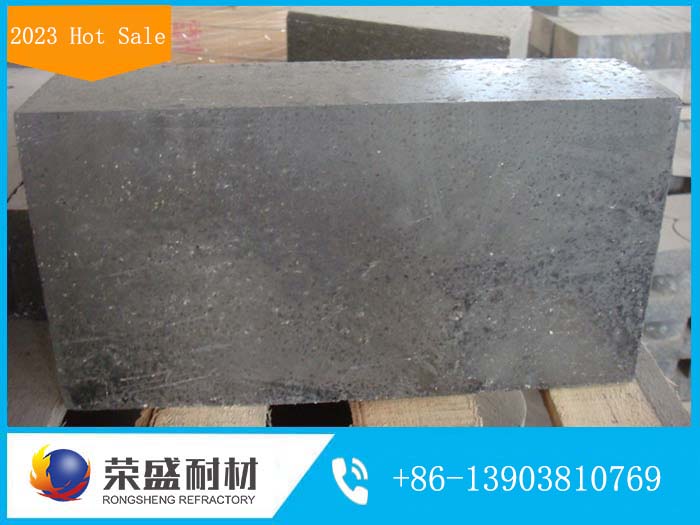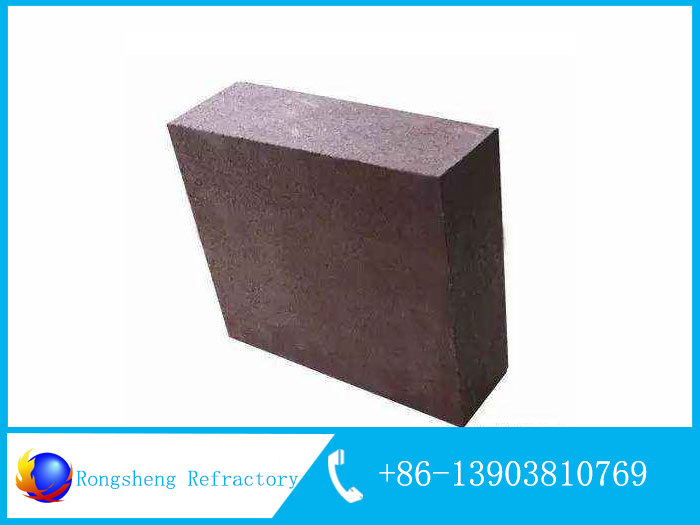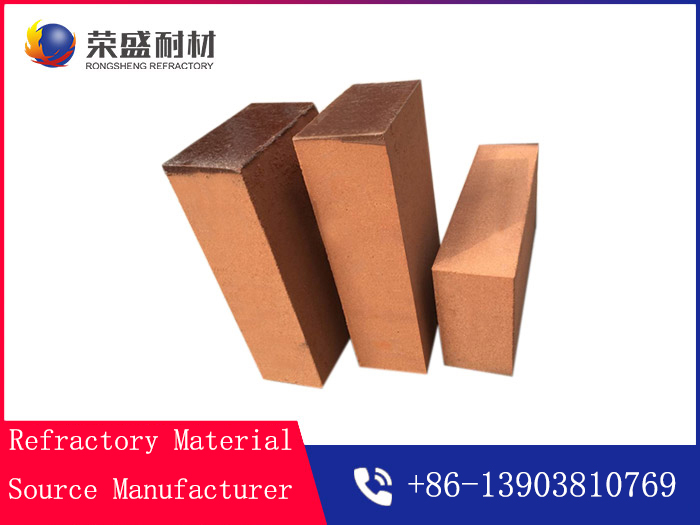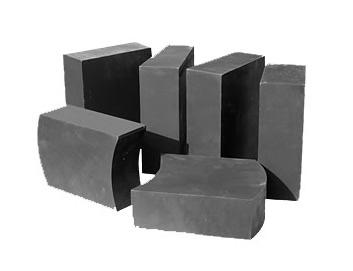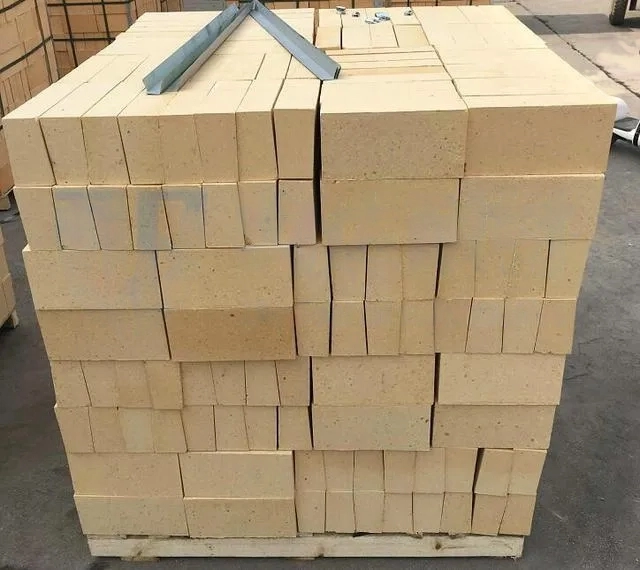
3 Reasons Why Refractory Bicks Can Resist Fire
Refractory bricks are inorganic non-metallic materials with a refractoriness not lower than 1580℃. They serve as fundamental materials for high-temperature technology and are used as structural materials for constructing kilns, furnaces, and other thermal equipment. They are also functional materials used in the manufacturing of certain high-temperature containers, components, or for specialized purposes. In order for refractory bricks to be successfully used under high-temperature conditions, they must possess good organizational structure, thermal properties, mechanical properties, and usability. This means they…

